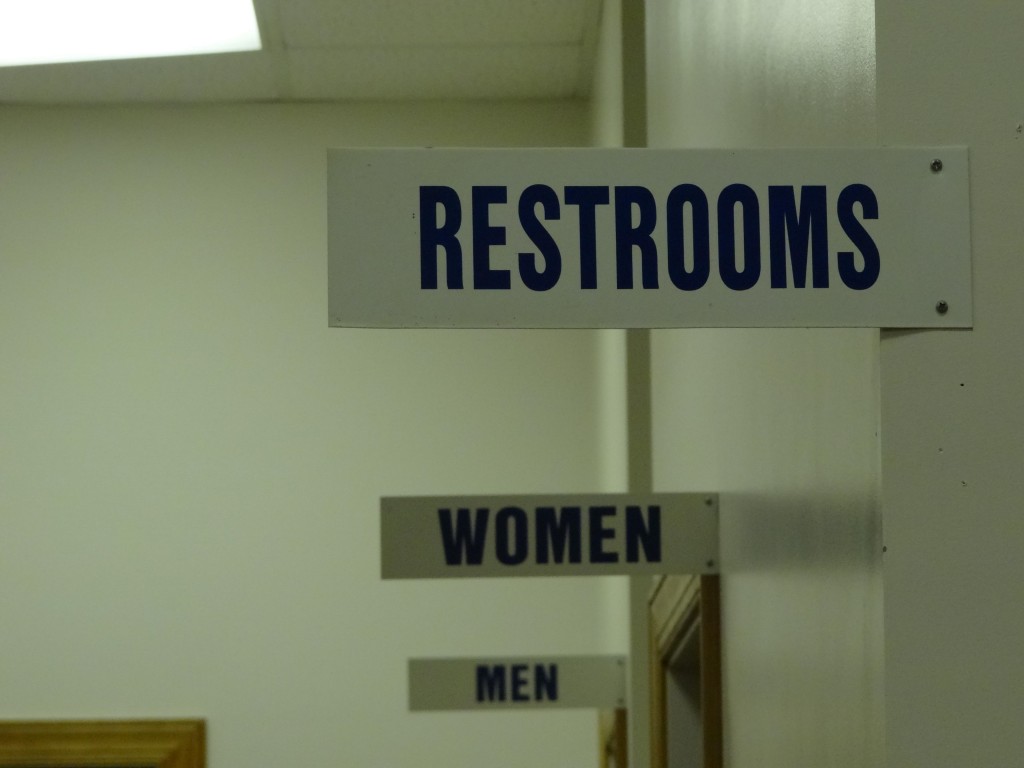 As warm weather settles in, people are predictably taking walks, riding bikes, and enjoying other outdoor public activities. Of course, nature will eventually call on people as they enjoy her summer gifts. So this blog entry is about public restrooms. Not about the correct number of women’s facilities to men’s, or about where baby changing tables should be located, or about which restroom a transgender person should use, but about the simple availability of public restrooms.
As warm weather settles in, people are predictably taking walks, riding bikes, and enjoying other outdoor public activities. Of course, nature will eventually call on people as they enjoy her summer gifts. So this blog entry is about public restrooms. Not about the correct number of women’s facilities to men’s, or about where baby changing tables should be located, or about which restroom a transgender person should use, but about the simple availability of public restrooms.
In short, public restrooms seem to be in short supply in the places and times they are needed, especially if they are locked during certain time spans. This can leave people with few or no options when they desperately need to use them. The Minnesota Legislature sort of recognized this problem when it passed the Restroom Access Act, which essentially requires retail establishments to allow customers access to employee restrooms provided they have an “eligible medical condition.” This doesn’t help the medically ineligible, plus it holds businesses responsible for meeting a basic human need. (Restaurants provide restrooms for customers, of course, but you might not need it until 30 minutes AFTER you ate their blistering curry.)
If you are out walking your dog, Fido might conveniently opt to relieve himself on the spot (backed up by your baggie please), but don’t be tempted to follow suit. In Minnesota, one who relieves oneself publicly can be charged under the state indecent exposure statute (MN Stat.§617.23). St. Paul also has a municipal ordinance against public urination. No numbers are available as to how many people are so charged under these laws, but it would be interesting to see if there is any relationship between the proximity of public restrooms and the cases that were fully charged.
Perhaps there is a relationship between limited public restroom availability and possible Fourth Amendment implications. The old Katz vs. US 389 US 347 (1967) case was about the expectation of privacy in an enclosed phone booth with a door. (…Public phone stations then evolved to be doorless.) In State v. Bryant 177 N.W.2d 800 (1970), the Minnesota Supreme Court extended Katz and held that this expectation of privacy extends to public restrooms, so perhaps there is concern that public restrooms encourage criminal activity by creating constitutionally-protected privacy zones. There is also the concern that public restrooms may encourage the congregation of homeless and transient people, with Denver being a good example of one municipality’s struggle with this real-life problem. But the leaders there discovered that when they opted out of public restrooms and all of their perceived problems (including drug use and prostitution), they were faced with a new problem in that areas without restrooms predictably got turned into restrooms.
Concerned citizens wishing to see more public restrooms may simply have to pressure their own local leaders, but also be aware of the mission and activities of the American Restroom Association.